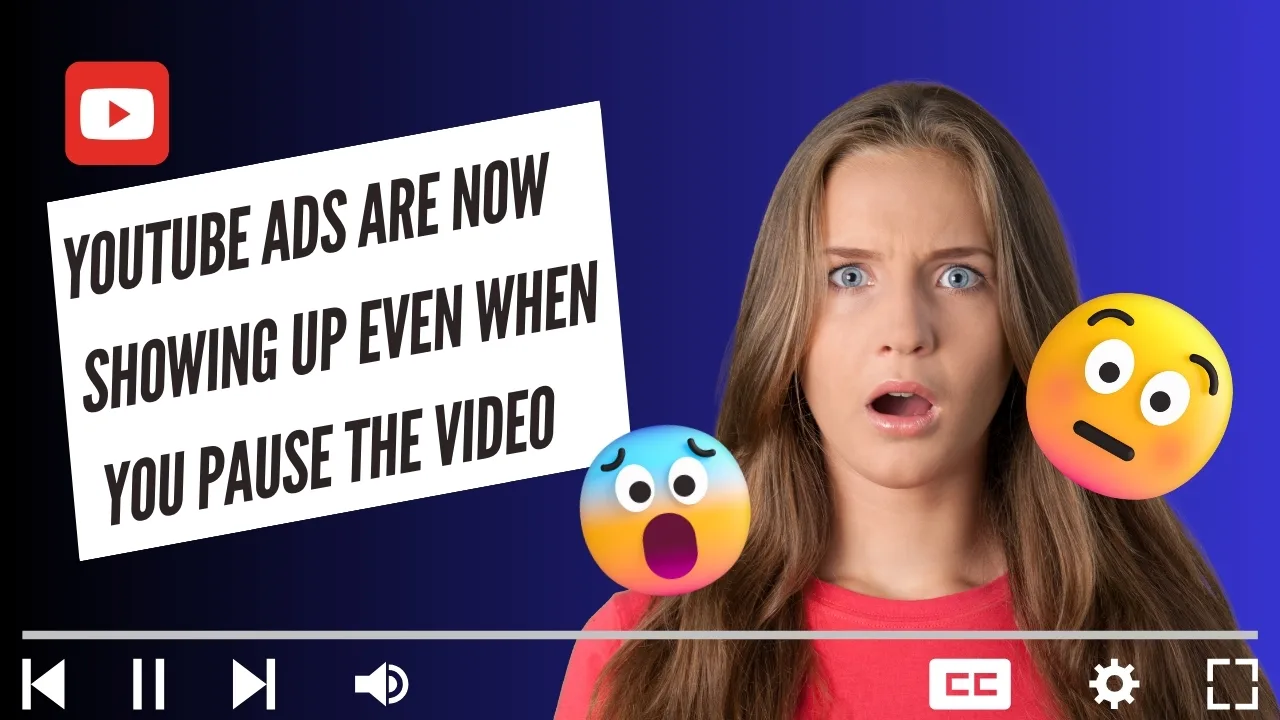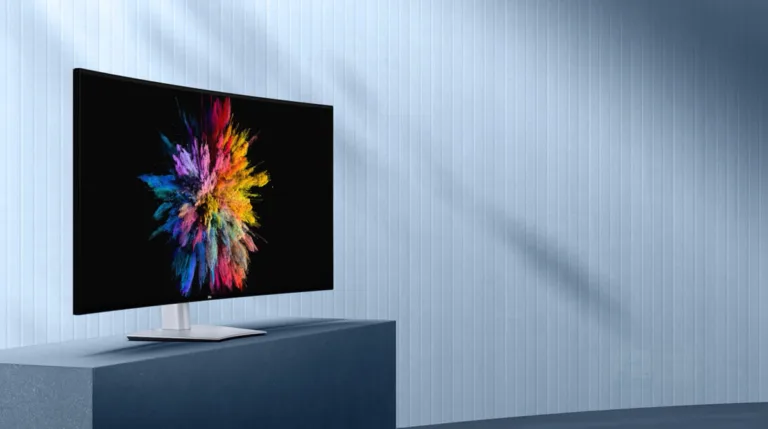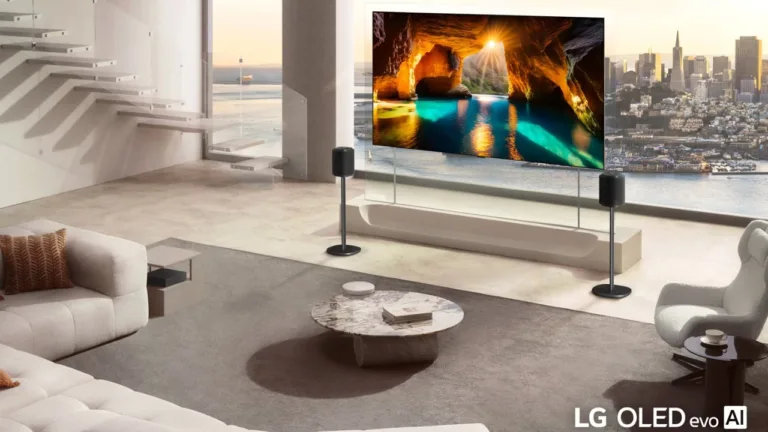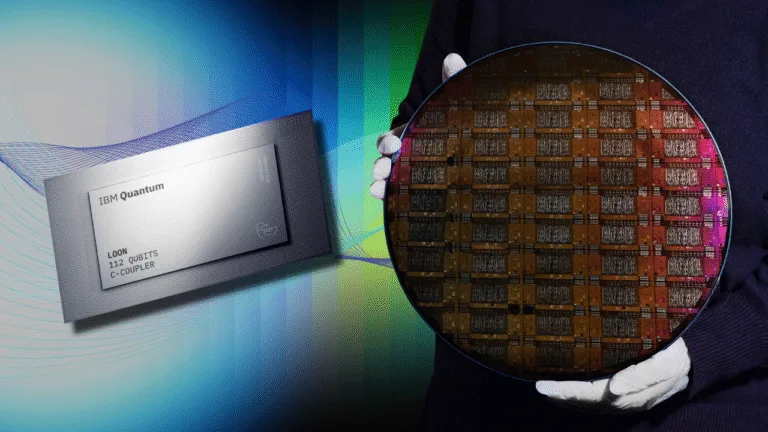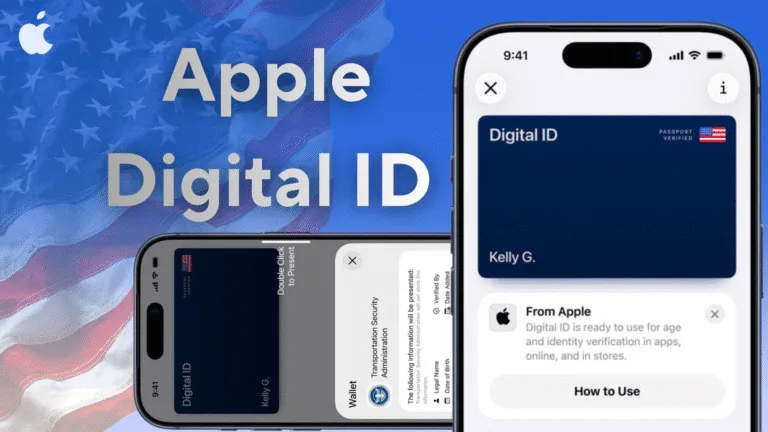YouTube is changing how advertisements work on its platform by introducing a new format displaying ads when videos are paused. This feature is set to roll out globally and represents a significant shift in how YouTube users interact with ads while watching content. Known for constant innovations in video streaming and monetization, YouTube’s latest move aims to enhance advertising opportunities while maintaining the user experience.
What Are Pause Ads on YouTube?
The new ads appear when users pause a video, making it impossible to avoid encountering ads even when they stop playback. These ads are not video-based but are presented as banner-like images or short messages that take up a portion of the paused screen. They’re designed to be less intrusive than mid-roll or pre-roll ads but provide advertisers with valuable screen time.
The concept behind this ad type is simple. While users may pause videos to take a break, the platform wants to utilize this idle time to present advertisers’ messages without interrupting video playback. The ads will only appear once the video is paused and disappear once the user resumes playback.
Why YouTube Is Introducing Pause Ads
YouTube’s revenue primarily comes from ads, and with millions of active users daily, the platform is constantly seeking new ways to monetize content without compromising the user experience. Ads that appear when videos are paused offer a unique opportunity to engage users at a time when they are still focused on the screen but not actively consuming content.
Unlike traditional ads that might feel disruptive, pause ads offer a less invasive alternative that subtly integrates advertisers’ messages during moments of pause. This approach gives advertisers high visibility without cutting into the viewer’s experience with unskippable ads.
How This Affects Advertisers
This new format opens the door to more creative ad placements for advertisers. Pause ads allow brands to reach viewers without competing for attention during the main content. These static ads are perfect for brand awareness campaigns or simple messages that don’t require the motion or sound of a traditional video ad.
These ads can capture a more focused audience because they appear when users aren’t actively engaging with content. However, advertisers must ensure their ads are appealing and well-targeted, as viewers could find them annoying if they’re irrelevant or intrusive.
Impact on User Experience
From a user standpoint, the introduction of pause ads may be met with mixed reactions. Some users might appreciate the less disruptive nature of pause ads than traditional ads interrupting videos. However, others might find advertisements during a pause annoying, mainly if they’re used to pausing videos for a break or to digest content.
One possible upside for users is that pause ads might reduce the number of mid-roll ads within the videos themselves. If YouTube sees success with these ads, it could lead to fewer interruptions during videos, improving overall viewing experiences.
What YouTube Creators Should Know
This update also affects content creators, as pause ads could increase ad revenue on their channels. Since these ads are less likely to be skipped or blocked, they might offer more consistent earnings for creators. However, how these revenues will be shared between YouTube and content creators remains to be seen. YouTube creators who rely heavily on ad revenue must pay close attention to how this new ad format affects their overall income streams.
Will These Ads Become the Norm?
The introduction of pause ads reflects YouTube’s continuous experimentation with its advertising model. By capitalizing on moments when users pause videos, YouTube hopes to balance monetization and user experience. While this ad format might not become the new norm overnight, it represents a shift in how ads are delivered on the platform.
If successful, other streaming platforms might follow suit, leading to a broader adoption of similar ad formats. Innovations like YouTube’s pause ads could set a new standard in a world where digital platforms compete for advertising dollars.
Conclusion
YouTube’s rollout of pause ads marks a significant development in digital advertising. By leveraging moments of user inactivity, YouTube aims to boost ad engagement while minimizing disruptions. As this new format is rolled out globally, users and advertisers will watch closely to see how it impacts the overall YouTube experience.
Ultimately, pause ads are another step in YouTube’s ongoing effort to maximize its ad revenue potential while maintaining a balance with user experience. It remains to be seen how users and creators will react, but one thing is clear: YouTube continues to push the boundaries of digital advertising innovation.
Frequently Asked Questions
What are YouTube pause ads?
YouTube pause ads appear when a user pauses a video. They take up part of the screen without interrupting video playback.
Will pause ads replace traditional YouTube ads?
Pause ads are an additional format, not a replacement. They offer advertisers another way to engage with viewers but don’t eliminate pre- or mid-roll ads.
Can users skip YouTube pause ads?
Pause ads are static and do not require interaction. They disappear once the user resumes playback.
How will pause ads affect creators’ ad revenue?
While it’s too early to tell, pause ads could increase ad revenue for creators by offering ads that are less likely to be skipped or ignored.
Are pause ads available worldwide?
Yes, YouTube is rolling out pause ads globally.
Will pause ads make videos less enjoyable to watch?
Some users may find pause ads less disruptive than mid-roll ads, while others may find their presence annoying during a pause.
